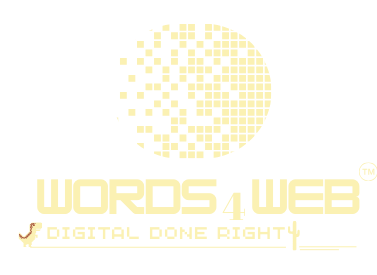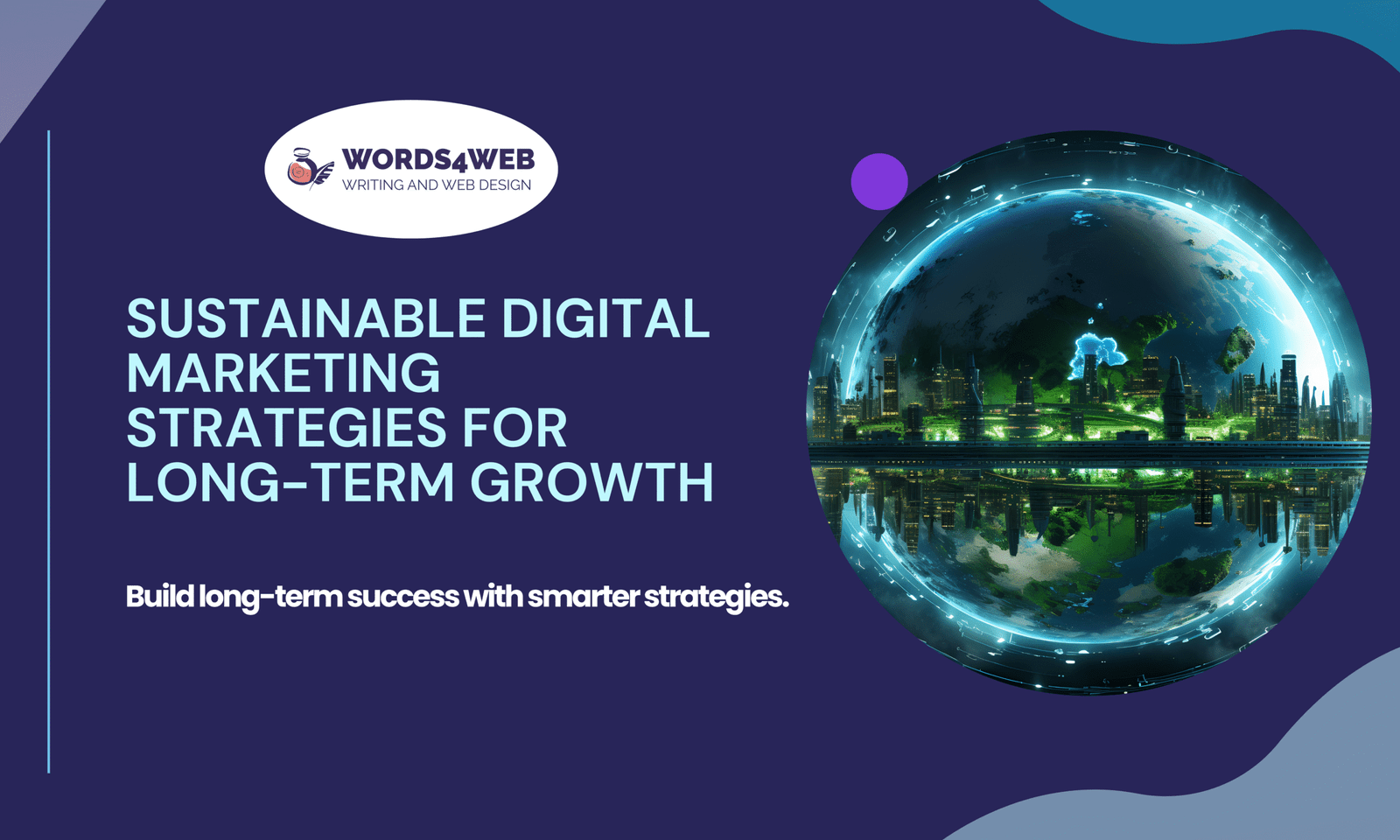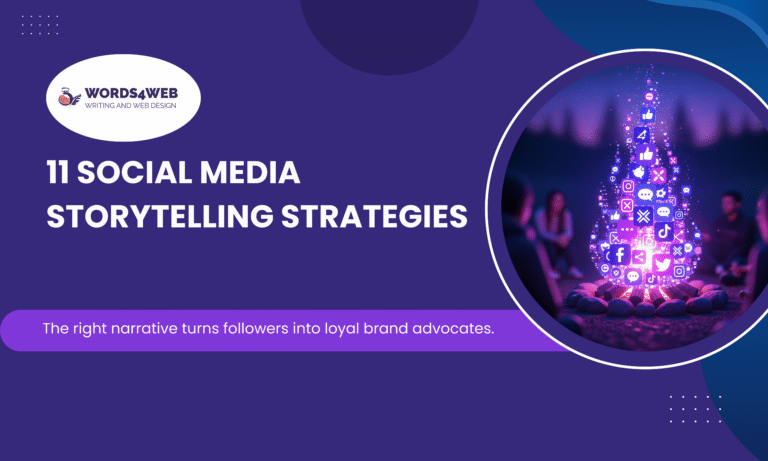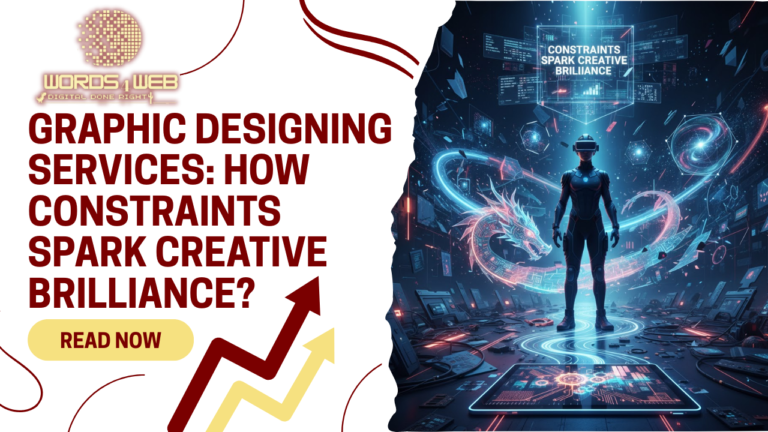Advanced Strategies for Sustainable Digital Marketing: Building Long-Term Success
Sustainability in digital marketing isn’t about sprinkling a few “green” activities into your campaigns; it’s about building a system that reduces waste while driving results. The first step is an environmental audit of your marketing stack. Which activities consume the most energy? Where can you optimize resources while still delivering similar or even better outcomes?
Data-driven storytelling matters here. Backing your sustainability claims with measurable results, like tracking your carbon footprint, campaign energy consumption, and conversion rates, creates more impact than good intentions alone.
Set clear, measurable targets. Create internal guidelines to help teams adopt sustainable marketing strategies. Question high-energy formats: is heavy video investment truly necessary, or can you achieve personalization with lighter, more efficient media?
The most successful interventions treat sustainability as a competitive advantage, not just a compliance checkbox. When sustainability becomes part of every marketing decision, trade-offs between growth and responsibility shrink. The result? Stronger brand equity, deeper authenticity, and measurable environmental impact.
What Is E-Marketing in the Green Context?
E-marketing encompasses a range of electronic marketing options, covering everything from email campaigns and social media advertising to search engine optimisation (SEO). It is at the heart of today’s digital strategy. In a sustainability context, however, e-marketing stands as both a challenge and an opportunity. Every click, view, and interaction consumes energy, yet digital channels also create unmatched potential for resource efficiency and eco-friendly marketing practices.
The challenge is significant. Social media algorithms are designed to maximize engagement, not energy efficiency, often pushing content that generates more “heat than light.” The opportunity lies in intentional e-marketing: crafting campaigns that focus on measurable impact over impressions. By leveraging email, SEO, and social platforms to build meaningful communities, brands can reduce the need for resource-intensive in-person events or direct mail, which typically demand higher carbon output and tightly scoped targeting.
The ultimate goal is effective e-marketing that prioritizes purpose over waste. This requires understanding which digital platforms deliver the best balance of reach and sustainability, targeting communication with precision, and designing content that resonates without unnecessary resource drain. When executed strategically, green e-marketing becomes a sustainability superpower, driving growth while reducing environmental impact.
Creating a Sustainable Digital Marketing Strategy for Long-Term Growth
A sustainable digital marketing strategy for long-term growth is not a contradiction; it is the future of smart, resilient business. Traditional short-term tactics create unnecessary waste through constant campaign launches, excessive ad testing, and poor resource allocation. By contrast, sustainable strategies generate lasting value by focusing on customer lifetime value (CLV) rather than chasing quick conversions.
This shift transforms every stage of campaign planning. Instead of pushing out new ad creatives every week, you invest in evergreen content that stays relevant for months or even years. Rather than broadcasting to anyone and everyone, you focus on building genuine relationships with your ideal customers. Instead of optimizing purely for immediate sales, you cultivate brand equity that compounds over time, creating a marketing ecosystem that grows stronger with every interaction.
The payoff is measurable and compelling. Sustainable strategies typically deliver lower customer acquisition costs, higher retention rates, and stronger brand loyalty, all while reducing the environmental impact of constant production and distribution. Marketers are beginning to realize that this approach not only drives better business outcomes but also provides a clear competitive advantage in a world where consumers increasingly demand eco-conscious brands.
The Social Responsibility Connection
Sustainability and social responsibility are inseparable forces that drive authentic brand engagement. Environmental justice cannot be separated from social justice; both demand relationship-centered, community-first responses. The reality is stark: the communities most affected by climate change often have the least access to reliable digital technologies, making inclusive marketing practices both an ethical duty and a sustainability priority.
Practicing inclusive digital design often leads to automatic sustainability gains. For example, websites built for accessibility: fast-loading, mobile-friendly, and compliant with universal standards, consume less energy and offer a smoother user experience. Clear, jargon-free communication reduces cognitive load, making digital interactions easier and less resource-intensive. In short, accessibility supports sustainability, creating small but measurable improvements for every user while reducing the environmental footprint of your content.
Marketers must also consider the global reach and infrastructure of their campaigns. Bandwidth-heavy content may stream seamlessly in urban areas with high-speed internet, but it creates barriers in rural or underserved regions. Choosing formats and platforms that balance creativity with efficiency is more than a technical decision; it’s a core aspect of responsible, sustainable marketing that respects both people and the planet.
Green Marketing in the Digital Age: An Evolving Opportunity
Green marketing in the digital age signals a decisive shift from the outdated “add-on” approaches of the past. Traditional green marketing often meant taking a standard campaign and layering a token environmental message on top. Today, digital tools enable a far more integrated and authentic approach to sustainability, one that feels organic, measurable, and genuinely impactful rather than merely compulsory.
Modern platforms make it possible to track environmental impact in real time, offering brands and audiences a shared view of progress and accountability. Companies can publish transparent metrics about their sustainability journey, celebrating successes while openly sharing challenges or setbacks. Interactive content can educate audiences about environmental issues, while digital calculators and trackers empower customers to measure their own carbon footprint and understand the impact of their choices.
Operating in the digital age means sustainable marketing is easier to monitor, more transparent, and inherently more engaging than ever before. Smart brands leverage these capabilities, real-time analytics, interactive education, and transparent reporting, to position themselves as leaders in environmental responsibility. The result is green marketing that not only informs but also inspires action, encouraging customers to become active participants in positive change.
Technology Enabling Sustainable Marketing
Technology is the backbone of sustainable marketing, driving intelligent, energy-efficient strategies that reduce waste and improve performance. Artificial intelligence (AI) uses historical campaign data to minimize ad spend, refine targeting, and cut down on unnecessary impressions. Machine learning (ML) powers personalized content delivery, ensuring that messages reach only the audiences most likely to engage, reducing the resources wasted on irrelevant or unwanted campaigns.
Emerging infrastructure solutions further enhance eco-efficiency. Edge computing shortens the distance data must travel for processing, significantly lowering energy consumption. Cloud platforms powered by 100% renewable energy, such as hydroelectric or solar, allow brands to run complex digital campaigns with a much smaller carbon footprint. Meanwhile, blockchain technology combined with renewable energy provides transparent, verifiable supply chains, giving consumers confidence in a brand’s sustainability claims.
These innovations do more than cut the environmental costs of outdated marketing practices; they also improve overall marketing effectiveness. When sustainability, innovation, and brand trust intersect, smart marketers gain first-to-market opportunities and powerful competitive advantages that compound over time. Early adopters of green marketing technology are not only reducing their ecological impact, they’re setting new standards for performance and consumer loyalty in the digital age.
Measuring Beyond Traditional Metrics
Sustainable digital marketing is proactive and requires a measurement approach that recognizes the limitations of clicks and conversions. These metrics provide one angle of the data. Smart marketers will be tracking the environment alongside business data like carbon footprint per campaign, energy consumption per conversion, and waste minimization through optimization.
These metrics expose inefficiencies and possible opportunities that traditional analytics may overlook. And they drive the continued decision-making process to further sustainable initiatives that are beneficial on both sides, the environment and business. The data often displays improvements in efficiency & reductions in costs obtained through sustainable practices.
When paired with continual improvement, comprehensive measurement creates trustworthy reporting. Customers appreciate insights into your business’s environmental impact, particularly when it is based on real data. The process builds trust and improves performance and effectiveness.
The Competitive Advantage Reality
The case for sustainable digital marketing is not about charity or “doing the right thing” alone; it is about building a lasting competitive advantage. In practice, sustainability often creates efficiencies that reduce costs, improve performance, and unlock new opportunities. Brands that embrace sustainability also attract top talent, enhance marketing creativity, and secure early-mover positions in their industries, advantages that competitors may take years to overcome.
Investor confidence is another critical driver. As ESG (Environmental, Social, and Governance) criteria increasingly influence lending rates, funding decisions, and stock valuations, sustainable businesses enjoy stronger financial resilience and access to growth capital. At the same time, consumers consistently prefer to buy from sustainable brands, making green practices a direct driver of revenue and long-term loyalty.
The brands mastering sustainable digital marketing today are shaping the marketplace of tomorrow. By embedding authenticity, efficiency, and environmental leadership into their strategy, they are creating competitive moats that grow stronger over time. As sustainability becomes a baseline expectation across industries, the businesses that lead now will enjoy durable market positions, higher trust, and a more loyal customer base.
Common Pitfalls and How to Avoid Them
In today’s digital age, where social media amplifies both genuine efforts and false claims, greenwashing can damage your brand faster than ever. Making vague sustainability promises without evidence undermines credibility. Transparency builds trust, but empty claims destroy it. For example, avoid using terms like “carbon neutral” unless you have a clear, verifiable methodology that openly demonstrates how your commitments are being met.
Equally important, never sacrifice user experience for sustainability metrics. The most effective sustainable marketing practices are those that improve customer experience while reducing environmental impact. Content that loads faster, websites optimized for accessibility, or energy-efficient design not only reduce carbon emissions but also deliver smoother, more enjoyable experiences for users.
Another pitfall is what experts call “sustainability theatre”, appearing green without making meaningful changes. Modern consumers are highly aware and quick to spot inconsistencies. Pretending to be sustainable without backing it up with genuine action will not only fail but could trigger reputational backlash.
The best way to ensure authenticity is to integrate sustainability seamlessly into your existing marketing strategy. When sustainability is embedded into the DNA of your operations, not bolted on as a PR exercise, it feels real to customers because it is real. While this requires commitment, patience, and consistency, the long-term payoff is a competitive advantage rooted in trust, loyalty, and genuine impact.
The Future Landscape
The future of sustainable digital marketing lies at the intersection of technology and sustainability, unlocking possibilities far beyond what most marketers imagine today. Emerging tools such as virtual reality (VR) and augmented reality (AR) are already reshaping customer experiences, reducing the need for in-person travel or physical product demos. Meanwhile, artificial intelligence (AI) is making ad spend smarter and more efficient, minimizing waste by targeting with unmatched precision.
As major tech companies shift to renewable energy sources, the digital marketing ecosystem itself will naturally become greener. At the same time, rising consumer awareness is creating a stronger demand for eco-friendly and ethical marketing practices.
Brands that embrace sustainability early will gain a competitive advantage. What feels like differentiation today will soon become the industry standard. By adopting sustainable digital marketing strategies now, businesses can attract conscious consumers, purpose-driven employees, and forward-thinking investors.
In essence, sustainability is not just a marketing trend; it is the foundation for long-term success, ensuring your brand thrives in a world where environmental responsibility is no longer optional but essential.
Your Action Plan for Sustainable Digital Marketing
The shift toward sustainable digital marketing doesn’t have to begin with a big bang. In fact, it starts with something simple: measuring your current environmental impact. A digital sustainability audit helps you establish a baseline metric and identify the biggest opportunities for reduction.
From there, set clear, measurable sustainability goals that align with your wider business objectives. Start small by choosing one area for immediate improvement. These early wins will create momentum and motivate your team to pursue larger changes over time.
Focus on win-win strategies that not only reduce your carbon footprint but also improve marketing performance. For example, optimizing ad delivery can lower energy consumption while simultaneously cutting wasted ad spend.
When communicating your sustainability efforts, be transparent. Celebrate your successes, but don’t shy away from sharing setbacks. By openly acknowledging challenges, you show authenticity, build trust with your audience, and prove that your commitment goes beyond greenwashing.
The key is consistency. Measure everything, scale what works, and keep moving forward. Think of sustainable digital marketing as a marathon, not a sprint. Progress, not perfection, will set your brand apart and ensure long-term impact.
The Bottom Line
Sustainability in digital marketing isn’t about choosing green credentials instead of growth; it’s about growing smarter, more efficiently, and more profitably. Brands that master sustainable digital marketing attract conscious consumers, motivated employees, and forward-thinking investors, creating a cycle of trust and long-term success.
The real question isn’t “Will sustainability change digital marketing?” but rather, “Will you lead the change or race to catch up?”
The planet demands it.
Your customers expect it.
And your bottom line will thank you for it.
The time for action is now.
Every journey starts with a single step, but ends with a business that is profitable, efficient, and humanity-focused. The future belongs to brands that can merge purpose and profit into one powerful strategy.
Ready to Take Your Next Step Towards Sustainable Digital Marketing?
Words4Web helps ambitious brands design eco-friendly digital marketing strategies that drive measurable growth while conserving the planet. Our expert team blends data-driven performance tactics with sustainable best practices to:
- Reduce wasted ad spend and energy use
- Build authentic green brand trust
- Capture socially aware customers who value purpose
Don’t let competitors own the green marketing conversation. Contact Words4Web today to create a marketing plan that is great for business and fantastic for the planet.
FAQs on Sustainable Digital Marketing
Q1. What is sustainable digital marketing?
It’s a marketing approach that reduces environmental impact by optimizing energy use, improving efficiency, and aligning campaigns with long-term business goals.
Q2. How can I measure the carbon footprint of a campaign?
Begin with an environmental audit that utilizes analytics tools to track server energy consumption, ad delivery efficiency, and content weight.
Q3. Does sustainable marketing cost more?
Not necessarily. While there may be initial setup costs, most brands see lower acquisition costs and higher ROI through better targeting and long-lasting content.
Q4. What’s the easiest first step?
Begin with a digital footprint audit to identify energy-heavy activities, then set small, measurable reduction goals.







